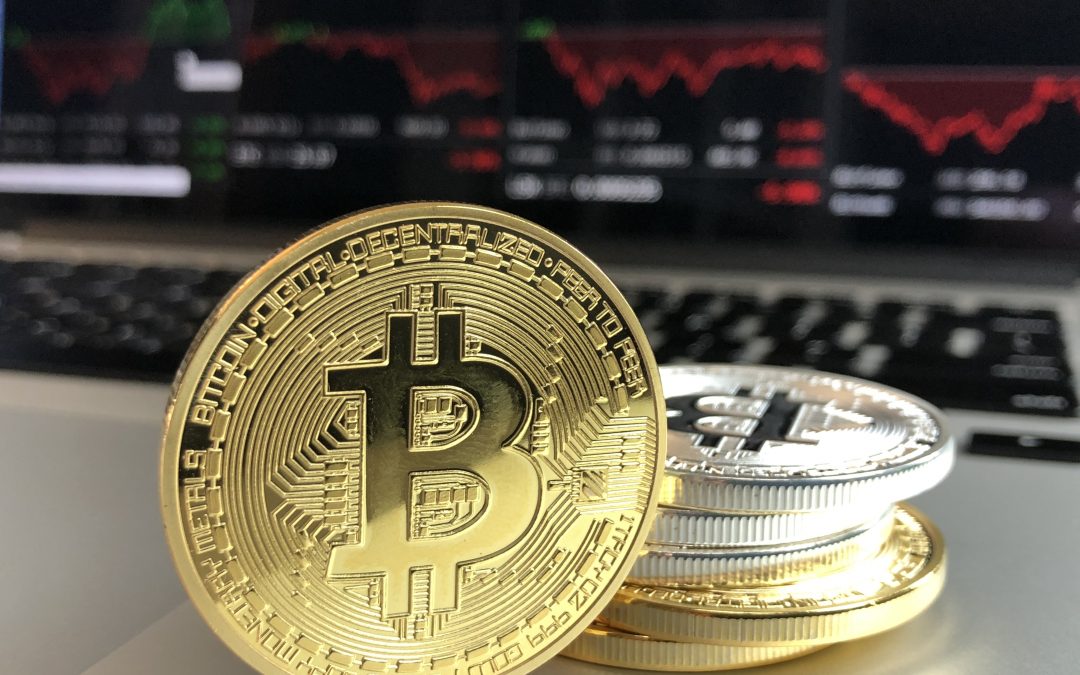If you’ve been reading the news lately, you may have noticed a term that keeps popping up in headlines: Bitcoin. It’s a currency that has become a buzzword in the technology industry, but has been making millions for investors.
What is Bitcoin?
Bitcoin is the world’s first decentralized digital currency, created by “Satoshi Nakamoto,” an anonymous person or organization that is/are no longer involved. The “cryptocurrency” as it’s called, has no bank, no one person or company managing it. It works completely independently, managed by the networking of computers. It’s managed by the blockchain, a public record of all bitcoin transactions, which eliminates the need of human oversight. Each user is assigned a bitcoin address, where their bitcoins can be recorded for the blockchain.
Bitcoin is created through a process called “mining,” where your GPU (also known as your video card), does complex equations. These equations help maintain the blockchain and process transactions For every equation done, a little bit of Bitcoin is earned and is stored in your wallet, a place where all your bitcoins are stored for use in transactions. There’s a limit to how many Bitcoins are actually in circulation, just like physical currency. The current limit is 21 million bitcoins, with about 16 million in circulation right now. It’s expected, according to The New York Times, that the cap will be hit in the year 2140.
Why use Bitcoin?
Here’s the kicker: So what’s the value of an actual one bitcoin compared to a more familiar currency? The current exchange from Bitcoin to USD is 1 BTC to $16,700 USD. That’s a lot of value for a relatively new currency, but it’s also unpredictable and unstable. By the time you read this sentence, that value may have already dropped or risen by $300. More than anything right now, it’s an investment rather than a common currency. Some businesses are starting to incorporate in their purchasing options, but it’s far from widely used.
Who’s Using Bitcoin?
When Bitcoin first entered digital circulation, it was being used in the Dark Web, a virtual place where most of the illicit activities on the internet happen. It became the currency of the Silk Road, an online black market that sells drugs, weapons, and other illegal products, because it’s decentralized and anonymous. The blockchain only records addresses which are not tied to names, so transactions are anonymous, unless you study an address’ transaction habits.
Most of the time, however, bitcoin is used as an investment, very similar to the price of gold or the stock market. Traders can make millions of dollars by trading bitcoin, including Erik Finman, who used $1,000 of his grandma’s money to make over $1,000,000 by the time he was 18.
What are Bitcoin ATMs?
Since bitcoins are decentralized and don’t have any bank or central point, why would they need an ATM? These aren’t traditional ATMs; they specifically work with bitcoins. Most bitcoin kiosks are used for only buying bitcoins with cash, but some are considered “two-way bitcoin ATMs,” meaning they can both buy and sell. They still have to abide by certain standards placed on all ATMs, like the limit at which ATMs can deposit and withdraw. According to the Boston Globe, there are over 800 operating bitcoin ATMs in the US.
But be warned: the typical transaction fee for one of these ATMs is a whopping 16%, compared to the typical 7.5% transaction fee online. While popularity for these machines are rising, it still hasn’t hit the mainstream media in a big way.
In the meantime, if you’re interested in a money-dispensing ATM, Puloon USA has you covered. Click here to learn more information about our ATMs.

